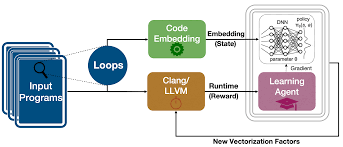
제목
NeuroVectorizer: End-to-End Vectorization with Deep Reinforcement Learning
저자
Ameer Haj-Ali, Nesreen K. Ahmed, Ted Willke, Sophia Shao, Krste Asanovic, Ion Stoica
Motivation
Compilers are designed today to use fixed-cost models that are based on heuristics to make vectorization decisions on loops. However, these models are unable to capture the data dependency, the computation graph, or the organization of instructions The vectorization is critical to enhancing the performance of compute-intensive workloads in modern computers.
Contribution
A comprehensive data set of more than 10,000 synthetic loop examples. An end-to-end deep reinforcement learning (RL) based auto loop-vectorization method
개인적인 느낌
search space가 너무 작아서 솔찍하게 의미가 있는지 의문.. /
The Proposed Framework Architecture
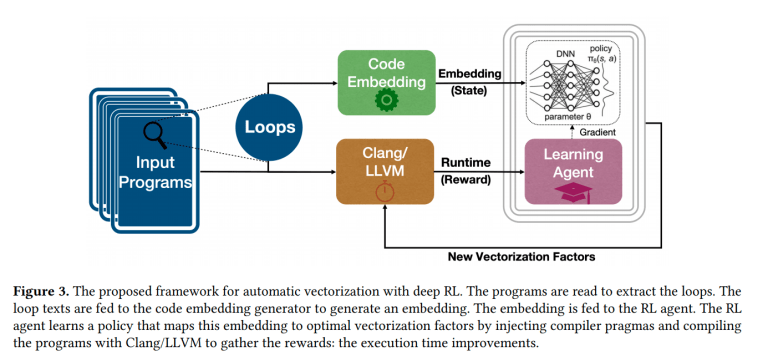
Code Embedding
- Code2vec(Embedding Network) represents a code snippet as a single fixed-length code vector, which can be used to predict the semantic properties of the snippet.
- This vector captures many characteristics of the code, such as semantic similarities, combinations, and analogies

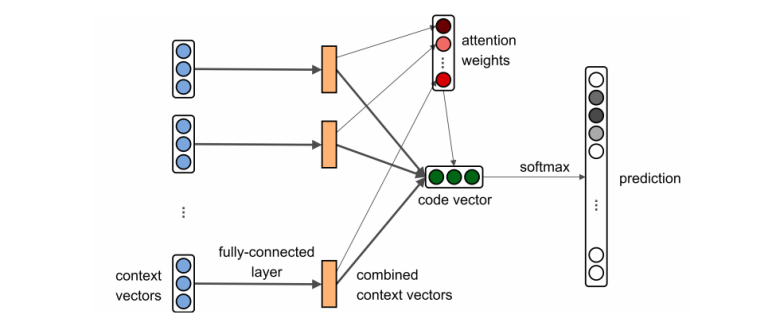
Automatic Vectorization Example

The RL Environment Definition


Dataset Description
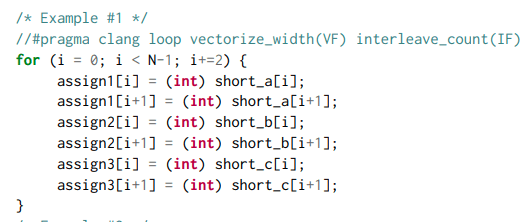
Handling Long Compilation Time
- During training, some of the programs took a long time to compile, mainly when the agent was trying to vectorize more than plausible
- giving a penalty reward of −9 (equivalent to assuming it takes ten times the execution time of the baseline) so that the agent will learn not to overestimate the vectorization and avoid it
Results:Reward mean and training loss for different action space definitions

Results:The performance of the proposed vectorizer
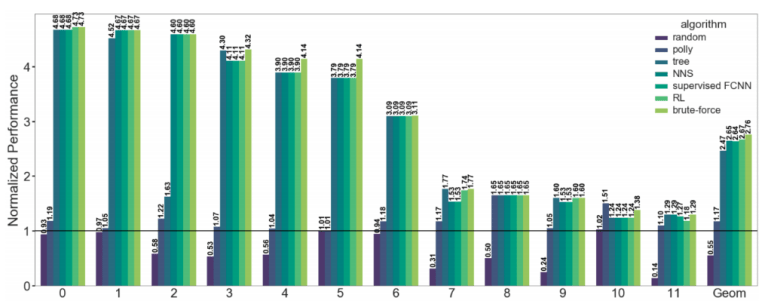
Results:Normalized average performance of supervised FCNN and deep RL
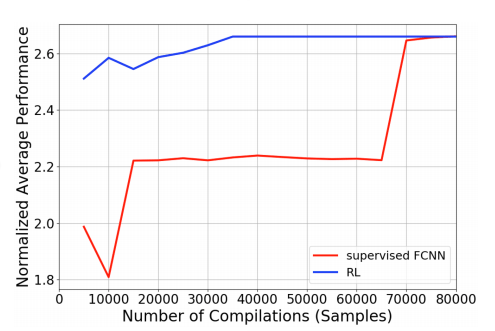
Results:The performance of the proposed vectorizer on
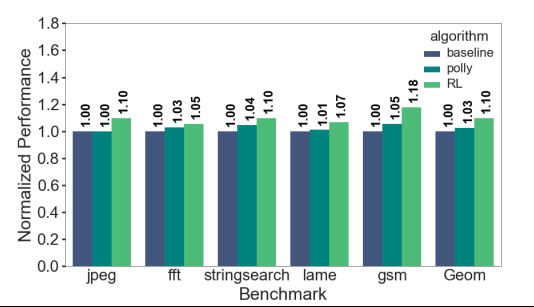
The performance is normalized to the baeline(VF = 4, IF = 2)
댓글